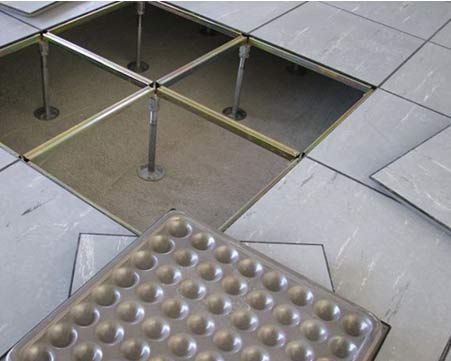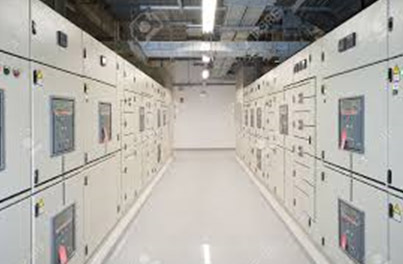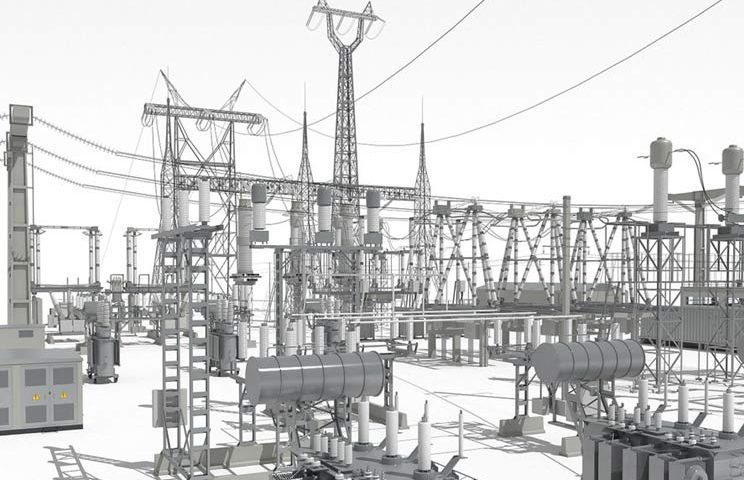In this article, we have presented readers with detailed information about equipping types of electrical substations. First, we read the general outline and function of the various components of an electrical substation
Electrical substation description
Electrical substation is an interface place between the distribution network and the power transmission system. This area is the silent fence of the voltage convertor (switching) and make it suitable for the distribution network. It is also equipped with the circuit breakers to protect distribution network. Another advantage of circuit breakers is controlling the electrical currents in different routes. After being acquainted with different types of electrical substations and structural designing in this article, alternatives will be presented for supporting available equipment and systems which increase the structure’s residence and implement proper and durable insulation
Electrical substations are divided into following categories based on the aim and location of application
Different types of electrical substations based on the aim and duty
Amplifying substations
These types of substations, amplify the voltage in generator location (generally in power plant) that cause proper electricity transmission
Reducer substations
These types of substations reduce the voltage from transmission lines in order to adjust it for industrial consumptions. Otherwise, the outlet will be transferred to the distribution network

Distribution network substations
These types of substations which are installed underground with the help of distribution transformer, has to reduce the obtained voltage from the voltage-reducing substation. So, the voltage must be adjusted to applicable amount in the industrial and other consumption
Components of the electrical substations
(Control room (electricity
An electrical substation includes switching, protection systems, controlling equipment as well as one or more transformers. In large substations, circuit breakers are used to cut off any overcurrent due to short circuit or overload. In small substations a sectioning or fuse may be used to protect the branched circuits. Usually, substations don’t have generator. But, maybe electrical substations are near power plants. Other components of an electrical substation include preserver equipment at end of the line, high pressure switchboard, low pressure switchboard, spark plug, control system, ground system and measurement systems. Other equipment, such as power factor amending capacitors or voltage regulators, may also be used in the post

Control room is one of the main components of switching sections (on and off switch) and modern station. Because stations have been developed with great complexity and equipment such as circuit breakers, switches, CTs, VTs and other equipment must be controlled, supervised and protected from a common point. For small distribution substations, these systems can usually be available in water-resistant containers or control boards (metal boards). For bigger substations a separate space and room is needed for equipment. One of the important parts of big substations is control room (electricity) that is the most important parts of a powerful electrical substation
Importance of control room’s systems protection
Before getting acquainted with the components of the control room structure, the importance of the system can be pointed out. Available system and data protection is very important. The protection of existing systems and information is very important economically and temporally and in case of probable accident, it can lead to irreparable damage to employers. So, it should be considered in the selection and quality of work of electric substation’s installation, especially the control room system
One of the threatening and destroying risks is fire extinguishing and smoke, which can be prevented by creating an active system such as firefighting, ventilation systems, as well as psychosomatic systems such as fire-stop and smoke-tight that can prevent the transmission of fire
Fire-stop and smoke-tight is very effective in preventing fire spreading to the control room and its equipment and implementing this system will provide adequate time for firefighting and control fire by firefighting systems and rescue forces before possible damages

Structure design of the controls room includes two following sections
Foundation
Floor, control room structure, ceiling

Internal design of control room
Control board and protective relays, AC and DC equipment, cable lines (pipes, false floors, cable tray and wire lines), HAVC, lighting, communicating and piping systems

Approaches are provided for supporting the equipment and available systems, increasing the structure resistance, proper and durable insulating
LINKRAN elastomeric insulation can be applied in the pipes and HAVC and cooling systems, in order to increase the quality of the equipment operation and increase the resistance of the mentioned cases
In control rooms, modular support systems are used in cable tray, pipe lines and ducts and also in the false floors. It is worth mentioning that the use of modular support system will be optimal in terms of repairs and maintenance, execution time as well as being economical
Using different types of LINKRAN anchor bolts for connecting any installation support systems and non-structural elements and to make electrical panels resistant to seismic and lateral loads is also effective



Write a Comment